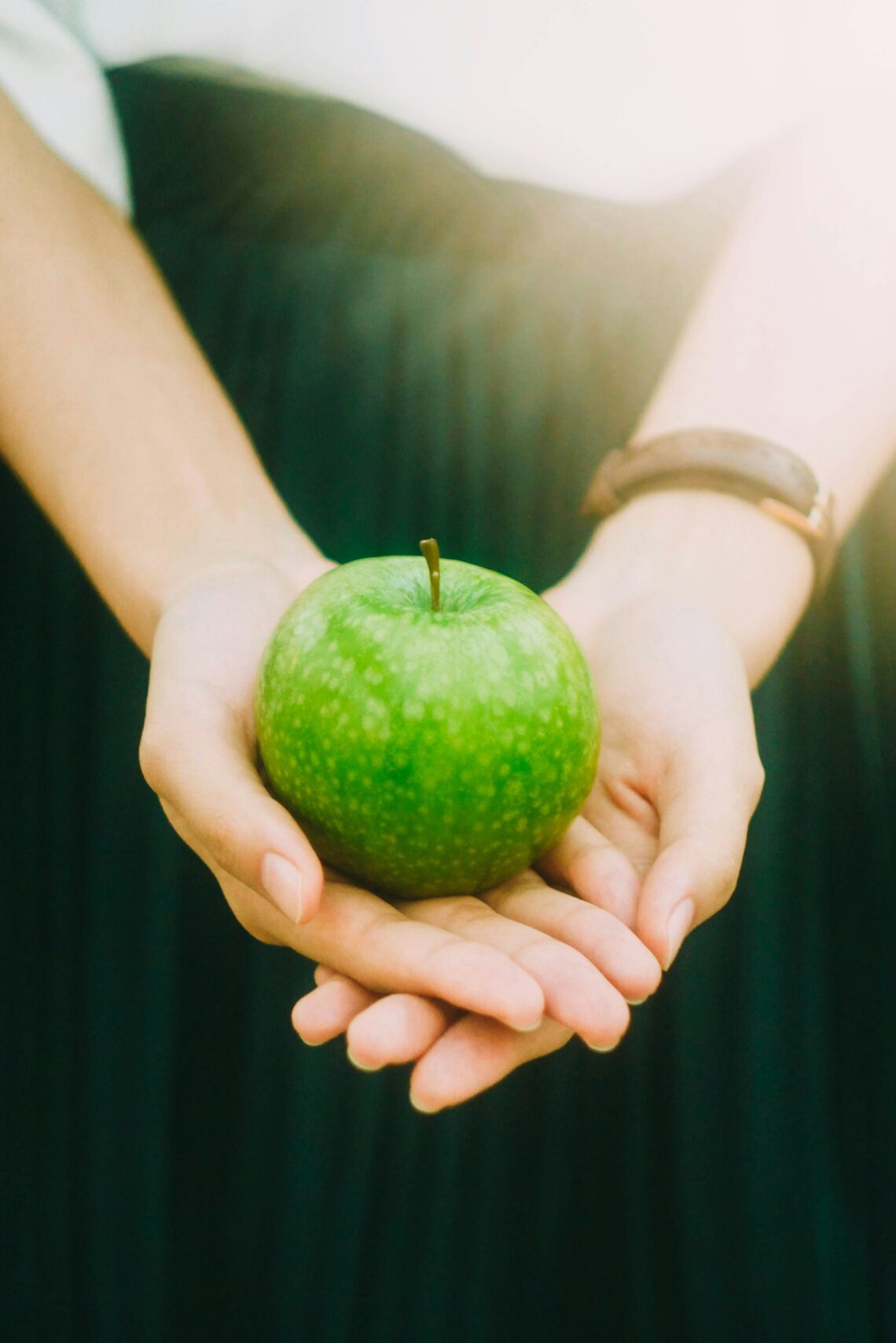Finding Balance in a Chaotic World
Life, as we know it, can often feel like a whirlwind of responsibilities—work deadlines, family obligations, social commitments, and the ever-so-tempting lure of scrolling through our phones. In the midst of this chaos, I find myself asking: how can we possibly strike a balance? The answer may lie in an age-old practice that’s gaining traction in our fast-paced world—mindfulness.
The Essence of Mindfulness
At its core, mindfulness is about being present. It’s the art of paying attention, on purpose, in the present moment, without judgment. It sounds simple, right? Yet, most of us can hardly sit still for five minutes without our minds racing off to our to-do lists or that Netflix series we promised ourselves we’d finish. I remember my first attempt at mindfulness meditation—sitting cross-legged on the living room floor, only to be interrupted by my cat’s sudden urge to pounce on my head. Talk about a distraction!
Research-Backed Benefits of Mindfulness
Numerous studies have illuminated the benefits of embracing mindfulness. From reducing stress and anxiety to improving focus and emotional regulation, the advantages are extensive. Here are just a few:
- Stress Reduction: Mindfulness helps lower cortisol levels, the primary stress hormone.
- Enhanced Focus: Regular practice can lead to improved attention and concentration.
- Emotional Well-being: Mindfulness fosters a greater sense of self-awareness and emotional resilience.
- Physical Health: Some research suggests that mindfulness can lead to lower blood pressure and improved immune function.
It’s no wonder that workplaces, schools, and even hospitals are integrating mindfulness programs. A significant number of organizations have reported increased productivity and overall employee satisfaction after introducing mindfulness training. It struck me that perhaps we’re not just looking for balance in our personal lives but in our professional environments as well.
Getting Started with Mindfulness
So, how does one embark on this journey of mindfulness? Well, the beauty is that it doesn’t require a degree in meditation or a membership to an exclusive wellness club. In fact, you can start right now—yes, right there in your chair!
Simple Techniques to Incorporate Mindfulness
Here are a few techniques that are as accessible as they are effective:
1. Mindful Breathing
Take a few moments—maybe while waiting for your coffee to brew—and focus on your breath. Inhale deeply through your nose, hold it for a second, and then exhale slowly through your mouth. A good trick I learned from a yoga instructor is to count your breaths. It’s like giving your mind a little task to keep it from wandering off to the grocery list.
2. Body Scan
Find a quiet spot, close your eyes, and start to focus on each part of your body, from your toes to the crown of your head. Feel the sensations, acknowledge any tension, and simply observe. I often find myself surprised at how much I hold stress in my shoulders—it’s like they’ve become little stress sponges!
3. Mindful Eating
This one’s a treat—literally! Next time you eat, try to savor each bite. Put away your devices, and focus on the flavors, textures, and aromas. It’s amazing how much more satisfying a meal can be when you’re not multitasking. (I know, I know, it feels almost revolutionary to put down the phone during dinner.)
4. Nature Walks
Take a stroll outside, and immerse yourself in the sights and sounds of nature. Pay attention to the rustling leaves, the chirping birds, or even the feeling of the sun on your skin. A good friend once told me that nature is the best therapist—an idea I wholeheartedly endorse!
Overcoming Challenges in Mindfulness Practice
Embracing mindfulness isn’t without its challenges. Like any new habit, it takes time and patience. I remember trying to meditate every day for a week, only to find myself feeling frustrated when my thoughts wandered. But I learned that this was part of the process. (Spoiler alert: it’s normal!)
Common Obstacles
Here are a few challenges that many face when trying to incorporate mindfulness into their lives:
- Racing Thoughts: It’s completely normal for your mind to wander. When it happens, gently bring your focus back to the present.
- Impatience: Some people expect immediate results. Remember, mindfulness is a practice, not a quick fix.
- Distractions: Finding a quiet space can be tough, especially in a bustling household. Consider using noise-canceling headphones or playing soft music.
Strategies to Stay Committed
To help you stay on track, consider these tips:
- Set Realistic Goals: Start with just a few minutes a day and gradually increase your practice time.
- Join a Community: Look for local or online mindfulness groups. Sharing experiences can be incredibly motivating.
- Use Apps: There are various mindfulness apps available that provide guided meditations and reminders to help you stay consistent.
Mindfulness in Daily Life
The beauty of mindfulness is that it can be seamlessly integrated into your daily routine. Here’s how to bring it into various aspects of life:
At Work
Consider taking short mindful breaks throughout your day. Stand up, stretch, and take a few deep breaths. This can help reset your focus and boost productivity. Every time I step away from my desk for a quick breather, I find that I return with a fresher perspective—like a mini reboot for my mind!
In Relationships
Being mindful in your interactions can significantly improve your relationships. Practice active listening by giving your full attention to the person speaking. I learned this the hard way when I was caught nodding along while secretly formulating my grocery list. (Not my finest moment!)
During Self-Care
Whether you’re indulging in a warm bath or reading a book, try to fully engage in the experience. Notice the scents, textures, and sounds around you. This can turn even the simplest of moments into a luxurious escape.
Mindfulness and Mental Health
Research has shown a strong correlation between mindfulness and improved mental health outcomes. For those struggling with anxiety or depression, mindfulness can serve as a valuable tool. It provides a pathway to recognize and accept one’s feelings without judgment.
Expert Insights
Dr. Sarah Thompson, a clinical psychologist, notes, “Mindfulness encourages individuals to step back from their thoughts and emotions, enabling them to observe rather than react. This shift can be transformative.” Her words resonate with those who often feel overwhelmed by their mental landscape.
Mindfulness and Physical Health
It’s not just the mind that benefits from mindfulness; the body does too. Research suggests that mindfulness can lead to improved physical health outcomes, such as:
- Lower blood pressure
- Enhanced immune response
- Reduced chronic pain
I recall a friend who battled chronic migraines for years. After incorporating mindfulness practices into her routine, she reported a notable decrease in the frequency and intensity of her episodes. It was inspiring to see how a simple shift in mindset could yield such significant results.
Embracing Mindfulness as a Lifestyle
Ultimately, mindfulness isn’t just a practice; it can become a lifestyle. It’s about cultivating an awareness that extends beyond meditation sessions, permeating every aspect of your existence. Imagine approaching each moment with curiosity, compassion, and presence.
Mindful Living Beyond the Mat
Many individuals find that the benefits of mindfulness extend into their everyday lives in unexpected ways. For instance, someone who practices mindfulness may notice more beauty in the mundane—like the intricate patterns of a leaf or the warmth of a cup of tea in their hands.
Conclusion: Your Mindful Journey Awaits
As you embark on your journey toward balanced living, remember that mindfulness is a personal experience. It may not look the same for everyone, and that’s perfectly okay. Whether you choose to meditate, take mindful walks, or simply pause to breathe deeply throughout your day, the important thing is to keep showing up for yourself.
In a world that often pulls us in a million directions, mindfulness offers an anchor—a way to find calm amidst the storm. So, take a deep breath, and let’s embrace this journey together. After all, a healthier you is just a moment of mindfulness away.






